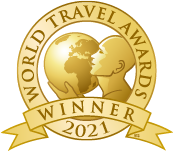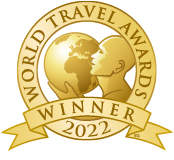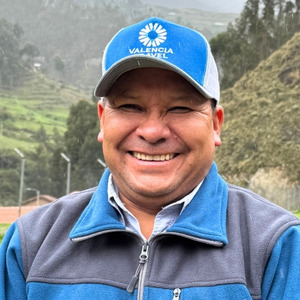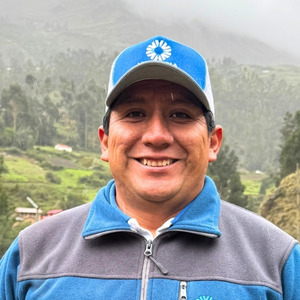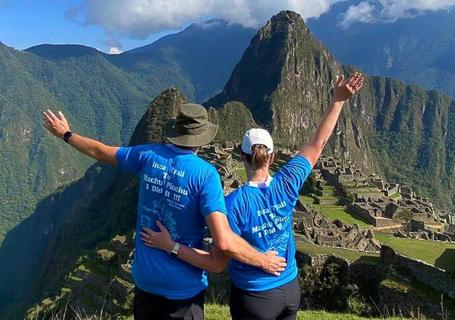

Permits to Machu Picchu sell out fast secure yours before they're gone!
Available from Oct. 2025 and until 2026
Hike The Iconic Inca Trail Along Ancient Pathways To Machu Picchu
 2300+ 5* Reviews
2300+ 5* ReviewsExpert English Speaking Guides · Luxury Camping · Private Chefs · 2, 4 and 7 Day Programs · Permits Included · Bucket-List Challenge · Amazing Sunsets · Award-Winning Adventure Tours · Beautiful Culture
Expert Guides · Luxury Camping · Private Chefs · 2, 4 and 7 Day Programs · Permits Included · Bucket-List Challenge · English Speaking Guides · Beautiful Sunsets · Award-Winning Adventure Tours · Ancient History · Scenic Mountains · Amazing Culture
The Best Inca Trail Packages 2025
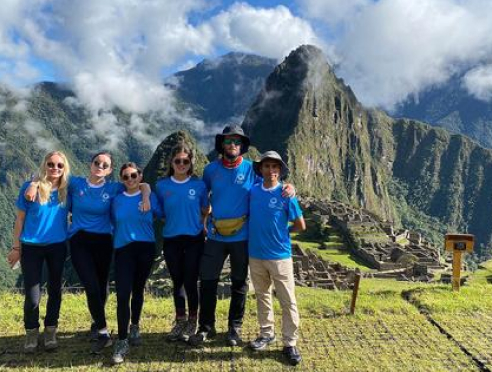 Most popular
Most popular4 Day Inca Trail
Conquer the iconic 4-Day Inca Trail to Machu Picchu. This is our Most Popular Adventure.
US $ 795 per person- Seamless Adventure
- Stunning Sunrises
- Rich Ancient History
- Bucket-List Experience
Wake up to breathtaking mountain views each morning.
All-inclusive package with meals, guides, and accommodations.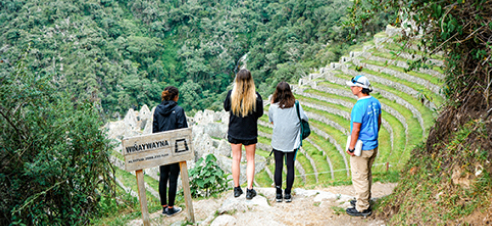
2 Day Inca Trail
Embark on the breathtaking 2-Day Inca Trail and uncover ancient wonders in an unforgettable adventure!
US $ 550 per person- Effortless Logistics
- Express Trek
- Scenic Landscapes
- Travel, Permits, Guides
Perfect for those with limited time but seeking maximum impact.
Includes transportation, permits, and expert guides.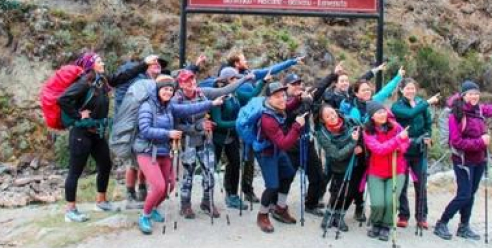
7 Day Inca Trail
Immerse yourself in history and nature on the epic 7-Day Inca Trail, blending adventure with unmatched exploration!
US $ 999 per person- Ultimate Challenge
- Extended Exploration
- Immersive Experience
- All-Inclusive Trip
Dive deeper into the Inca trail and explore less-travelled paths and uncover untouched ruins.
A rewarding adventure for true explorers seeking a once-in-a-lifetime journey.Do You Want To Hike The Inca Trail To Machu Picchu?
Let's help you get prepared and ready for the hike of your life...
Oh, And Did We Mention We're Multi-Award Winning
With ISO Certification ensuring the highest safety standards, over 2,000 glowing 5-star reviews, and TripAdvisor's Best of the Best award, we're proud to be Peru's top choice for unforgettable Inca Trail adventures. Contact us today, and let us help you plan your dream journey!
Meet Some Of Our Legendary Guides
Get inspired by our legendary Peruvian guides, whose expertise and passion will lead you along the Inca Trail to the breathtaking heights of Machu Picchu. These will be the heroes of your journey from start to finish.
Watch our Inca Trail video
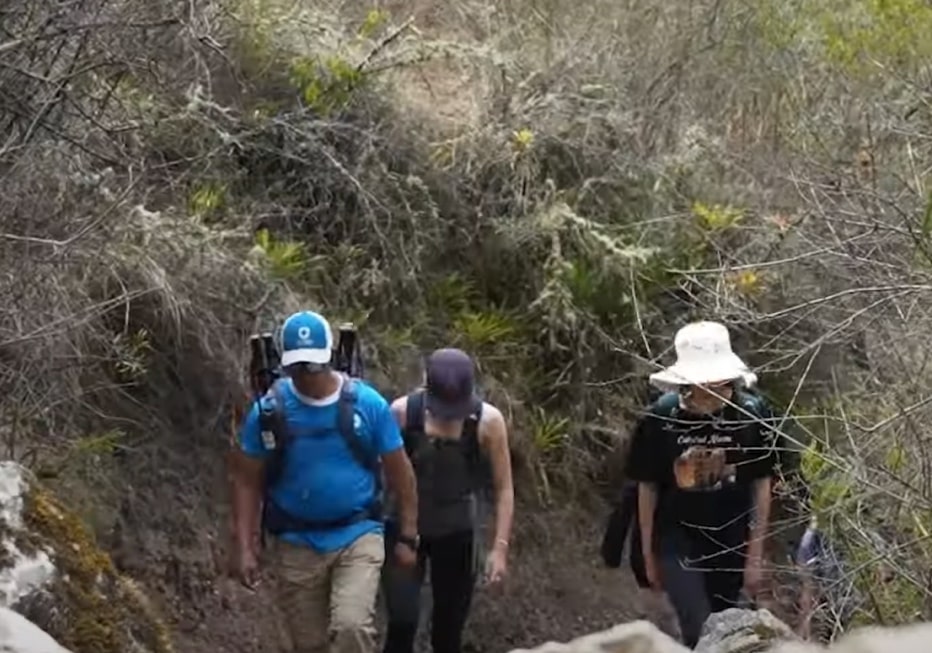
View our Inca Trail Map

Frecuently Asked Questions
Certified to the highest safety standards and trusted by 2,000+ glowing TripAdvisor reviews… your expertly designed Peru adventure starts here. Check out our FAQs to help you choose your next awesome adventure!
1.- What Should I Pack For The Inca Trail?
Rule number 1 about packing for the Inca Trail is pack light! Your main luggage will stay in the Cusco hotel for your return, and then you need to split into 2, what will go into a duffle bag and your day pack.
The duffle bag is supplied by Valencia Travel Cusco and carried by the wonderful team of porters. You're only allowed to pack 3.5 kilos / 7.7lbs, as the porters have weight restrictions, and are weighed at the check points along the trail. This bag will have to fit everything you need for the trek. Then you will have your day pack for your necessities while actually trekking.
Make sure it is comfortable, waterproof and well-fitting or this could be a long 4 days! You really only need to take a camera, 2 water bottles, (non-plastic), sunscreen bug spray, raincoat/poncho, sun hat, snacks, hand sanitizer, toilet paper, small first aid kit (band aids, medications, etc.) cash, and the all-important passport. For information about what to pack in your duffle bag, check out our ultimate packing guide for the Inca Trail to Machu Picchu.
2.- What Is the Best Month to Hike The Inca Trail?
The best time to hike the Inca Trail is just before and after the rainy season, also called the shoulder season, which is late April and early October. The dry season months, which are June July, and August, are the high season and also a good time to hike. However, there are many more people on the trail during this time.
The weather is mainly dry, in shoulder season and daytime temperatures are perfect for hiking. Nighttime temperatures are, however, around freezing, so take warm clothes and a good sleeping bag! Permits may be easier to secure during this time also. During peak high season months, you need to book up to a year in advance! If you can trek in April, this is just after a long rainy season and all the scenery is lush and green, with everything springing back to life!
3.- How High Is The Inca Trail Altitude?
The Inca Trail to Machu Picchu is one of the most iconic treks on the planet. The trail leads through the Andes Mountains on its way to the Inca citadel, Machu Picchu. Due to the mountainous terrain, the Inca trail has various altitudes.
The highest point on the trail is Warmi Wañusqa, better known as Dead Woman´s Pass. At a whopping 4,215 m/ 35,125 ft., it’s the highest point of the Inca Trail and is 1,800 m / 5905.5 ft. higher than Machu Picchu! The lowest point on the trail is Machu Pichu itself, standing at 2,430 m / 7,972 ft. So, as you can imagine, there are plenty of ups and downs along the way!
4.- How Do You Prevent Altitude Sickness In Cusco?
Cusco in Peru, is found at an altitude of 3,399 meters/ 11,152 ft, and popular sites like Rainbow Mountain and iconic trekking routes can reach over 5000 Meters! Before you even think about trekking or touring around this spectacular Andean region, it is essential to acclimatize and allow your body to adjust. Here are our helpful tips:
Take it Easy
On arrival to high elevation, there should be no rushing around. The best thing to do is take it easy the first 24 hours to 48 hours. Relax, allow your body to adjust and get plenty of sleep. There is plenty to do in Cusco to keep you busy!
Eat Well
Eat small meals and avoid fatty /greasy foods. Your digestive system slows down at high altitude so smaller more frequent meals are the way to go, instead of massive plates of food.
Drink Lots of Water
Staying hydrated throughout your trip is crucial to avoiding unpleasant altitude sickness symptoms. You need to drink more than usual at high elevations. We recommend minimum 2 liters per day!
Avoid Alcohol
Feeling nauseas, dizzy and suffering severe headaches are symptoms of altitude sickness. This can be increased if you consume alcohol while acclimatizing. Save the pisco sours until later in the trip!
Buy An Oxishot!
These handy cans of oxygen are widely available in Cusco. They help reduce headaches and fatigue associated with altitude sickness. They cost S/.45 (Approx. $16 USD).
The Magical Coca Leaf
Coca Leaves help with headaches and the other side effects of high altitude. The tea is available in all hotels in Cusco. A word of warning- don´t drink it too late at night, or it will affect your sleeping patterns. It has a similar effect as caffeine!
5.- How to Avoid Altitude Sickness in Peru?
A lot of the geography in Peru is in the Andean region, which means high mountains. The Andes are one of the highest mountain ranges in the world, including peaks above 6000 meters / 19685 ft! Here are our tips to give you a good chance of avoiding altitude sickness in Peru!
Ask Your Doctor about Medications Before Traveling
Diamox is widely prescribed. It helps the acclimatization process. You may feel a tingling of the tips of your fingers, but this is much preferred than headaches and nausea! Ask your doctor!
Ascend Gradually
Instead of thinking about coming straight to Cusco by plane, think about some stops along the way. Visit cities like Arequipa, or stay a few nights in the Sacred Valley, which are at lower elevations than Cusco. Cusco is at an altitude of 3399m / 11,154 ft. The Sacred Valley is a wonderful place to explore and is found at 2900 meters elevation, on average. Ascend gradually. Remember that traveling from sea level (Lima) to the Andes, can be a real shock to the system!
Train!
While your body cannot adjust to a high elevation without being there, you can do exercises and cardiovascular training before you leave home. Practice aerobic exercises and do plenty of day hikes to build up your muscles. Practice carrying your day pack when hiking/ running.
Hydration
One of the most important aspects of avoiding altitude sickness is hydration. Your body will go into overdrive to deal with the lack of oxygen. Give it a helping hand by drinking plenty of water, which will assist kidney function and the production of more red blood cells.
6.- Can You Hike to Machu Picchu in One Day?
Believe it or not, YES you can! The Short Inca Trail to Machu Picchu is a full day of hiking. Even though it is called the 2 Day Inca Trail, the first day is hiking and the second day is the Machu Picchu visit. The trail covers approximately 11.7 km /7.3 miles, and generally takes 5-8 hours.
You cannot, however, hike to Machu Picchu and get back to Cusco in one day due to the distances involved. You will need to spend the night in Aguas Calientes.
7.- What is The Best Trek To Machu Picchu?
How long have you got? 😉 The one thing that you can guarantee is that whichever trek you use to hike to Machu Picchu, you will be trekking through spectacular Andean mountains! Which is the best trek, however, depends completely upon your preferred trekking experience Lets break down the main treks to Machu Picchu.
Inca Trail
The classic Inca Trail is the most popular trek to Machu Picchu. This is because you can hike directly into Machu Picchu. It is the only trek that does (apart from the 2 Day short Inca Trail which follows a similar shorter route). The trail is busy year-round, and you must plan months in advance, and you will need a permit.
The Short Inca Trail
The 2 Day Inca Trail also requires a permit and will hike directly into Machu Picchu. The bonus of this, is you hike for 1 Day and arrive at Machu Pichu in the afternoon, when the crowds are dissipating. Your Machu Picchu entrance will be the following day, after a night in Aguas Calientes.
The Salkantay Trek
The Salkantay Trek to Machu Picchu is the second most popular trek after the classic Inca Trail. It was voted one of the best 25 treks in the world by National Geographic, and takes you through diverse ecosystems, from snow-capped peaks near the Salkantay Pass (4,650m/ 15,255ft) to verdant cloud forests.
The Lares Trek
The Lares Trek is shorter than both the Salkantay Trek and Inca Trail. This is the best trek to experience rural Andean culture. You will pass through the picturesque traditional villages of the Lares Valley. Many traditional Andean weavers come from Lares Valley, giving the area a reputation for high-quality authentic textiles.
The Choquequirao Trek
The Choquequirao Trek is probably the most challenging trek in the Cusco region. It leads to the impressive Choquequirao Archaeological Complex, similar in size and scale to Machu Picchu! The journey is full of steep ascents and descents, crossing the Apurimac Canyon before reaching the Inca ruins, which can only be reached on foot. The trek usually takes 4-5 days, with an option to extend towards Machu Picchu for an epic 9 Day adventure.
The Ausangate Trek
For people who love nature, the Ausangate Trek will take you to some of the most pristine mountain environments on the planet! On the route you can visit glacial lagoons, snow-covered peaks and lots of llamas, and alpacas! This trail can also take you to the famous Rainbow Mountain, and many tours have an extension to Machu Picchu after the trek.
Vilcabamba Trek
This remote trek takes you to the Vilcabamba mountain range. Starting near Huancacalle, hikers pass through valleys, cloud forests, and Inca archaeological sites. The trek takes around 5-7 days and is perfect for those looking to explore rarely visited Incan history. It will take you to Aguas Calientes, just below Machu Picchu.
8.- Which is Better, Inca Trail or Salkantay Trail?
The Classic Inca Trail and the Salkantay Trek are both Andean treks that will take you to Machu Picchu. Both trails lead through the same geographical region of the Andes and include spectacular scenery. However, these 2 popular treks from Cusco are very different! Here is a summary!
|
|
Inca Trail |
Salkantay Trek |
|
Starting point |
Km 82 (train) |
Mollepata |
|
Ending point |
Machu Picchu |
Aguas Calientes (town) |
|
How many days |
4 days |
5 days |
|
Total distance |
40 km / 25 miles |
83 km / 52 miles |
|
Highest elevation |
Dead Woman's Pass (4,215 m / 13,829 ft) |
Salkantay Pass (4,635 m / 15,206 ft) |
|
Lowest elevation |
Machu Picchu (2,430 m / 7,972 ft) |
Hydroelectric (1,900 m / 6,234 ft) |
|
Porters/mules |
Human Porters carry the equipment |
Mules are used on the trail |
|
Local Interaction |
Only tiny businesses for Inca trail trekkers |
Local people still use the Salkantay Trail |
|
Booking |
1 year in advance high season |
3 months in advance for the best Machu Picchu entrance tickets |
|
Permits required |
YES! |
NO! |
Salkantay is 1 day longer than the Inca Trail, reaching a higher elevation, and a lower elevation. The Inca Trail takes you straight to Machu Picchu, whereas Salkantay involves an overnight in Aguas Calientes before visiting Machu Picchu. Salkantay is more varied scenery -wise, however it is the Inca Trail that is home to more Inca ruins. So, in a nutshell, Salkantay is better if you prefer remote Andean scenery and wildlife, and the Inca Trail is better if you enjoy history and Inca ruins. Whichever trek you choose, you will enjoy a stunning and amazing trek in the Andes!
